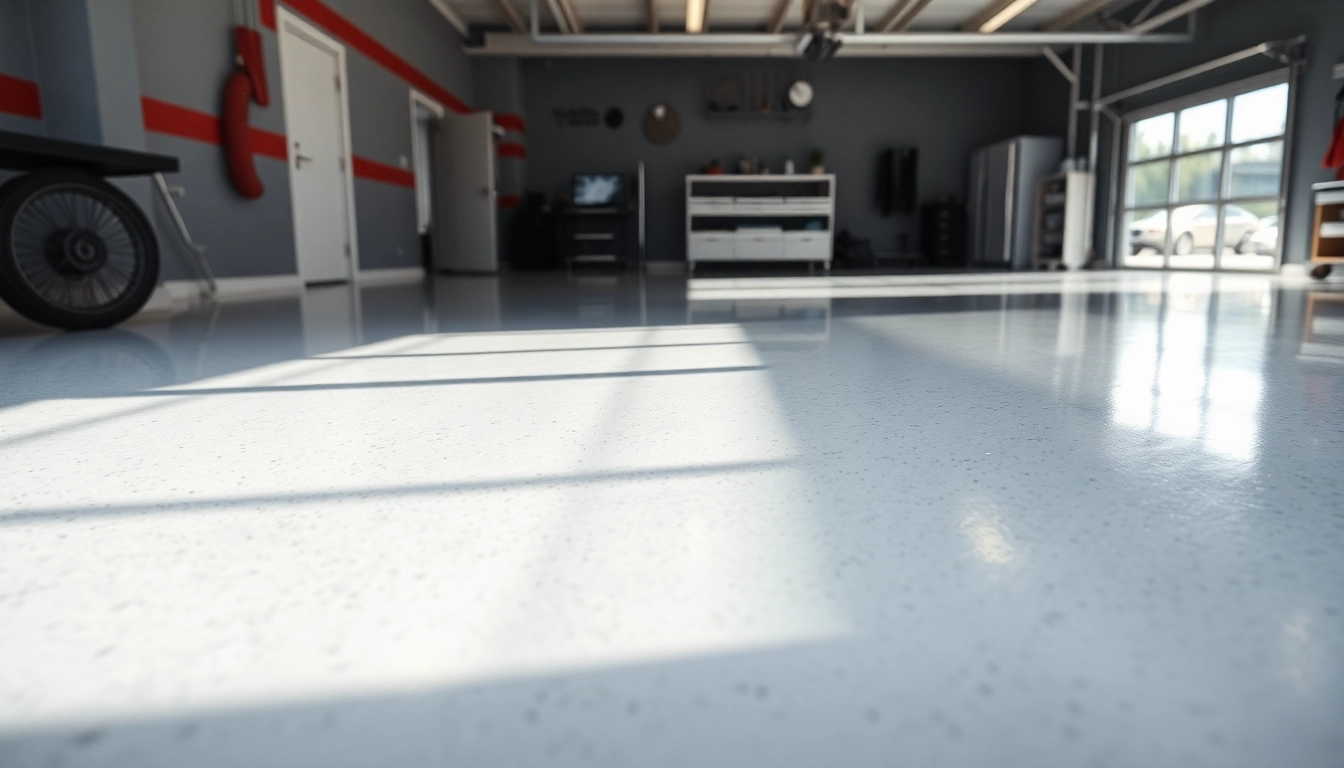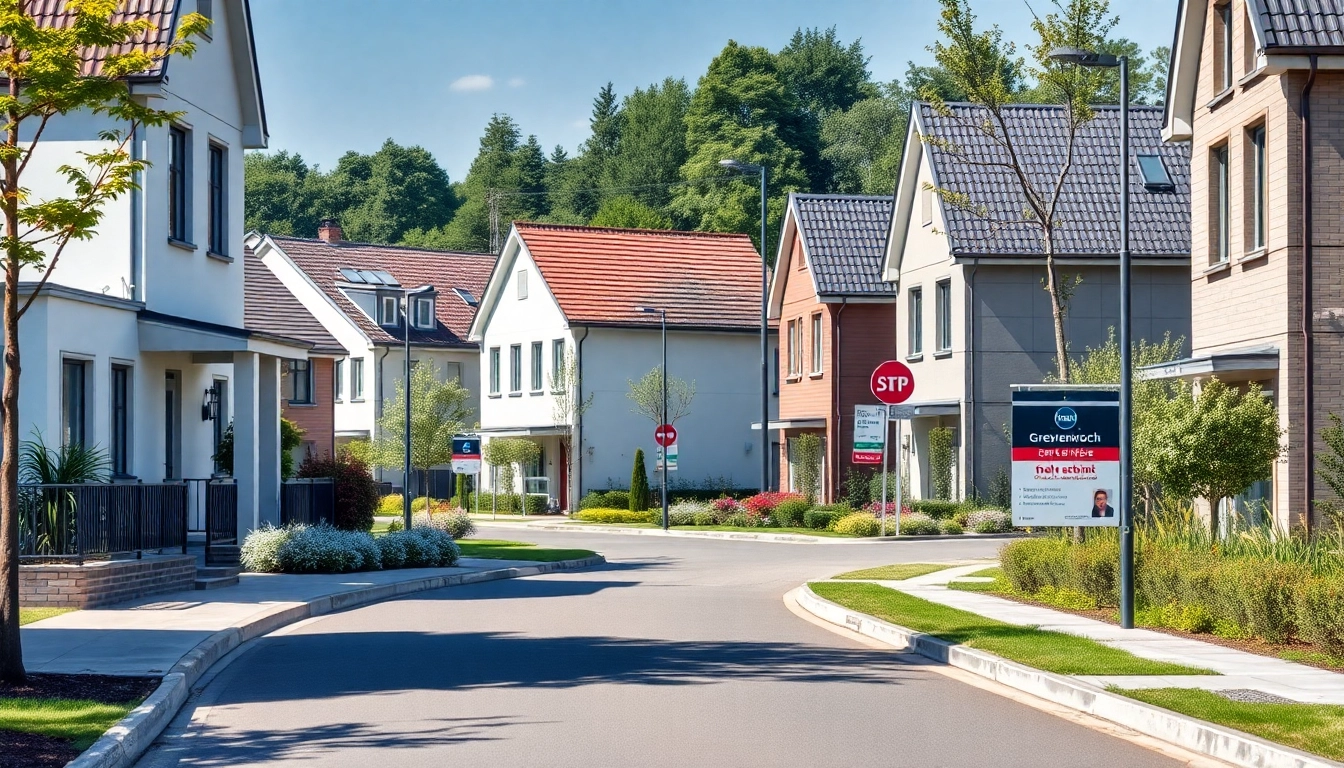Understanding Epoxy Resin Floor Types and Applications
Epoxy resin flooring has become a preferred choice for a wide range of applications due to its durability, aesthetic appeal, and ease of maintenance. From residential garages to large industrial warehouses, epoxy floors enhance spaces with their robustness and sleek finish. A key aspect of implementing these versatile floors is selecting the correct type of epoxy system tailored to the specific needs of your environment. Whether you’re aiming for a decorative aesthetic with metallic or flake finishes or require a high-strength industrial coating, understanding the various epoxy options is essential.
For those exploring options or considering a project, learning about the different epoxy resin floor types and their best-suited applications can help ensure longevity and optimal performance. To delve deeper into the available options, visit our comprehensive epoxy resin floor solutions.
Residential vs Commercial Epoxy Flooring Needs
Residential epoxy floors typically prioritize aesthetics, ease of cleaning, and resistance to everyday wear. Common applications include garages, basements, and outdoor patios. For such spaces, decorative options like metallic or flake finishes can add personality while remaining functional. These floors need to resist light to moderate traffic, stains, and chemical exposure, making chemical resistance an important factor.
Conversely, commercial epoxy flooring demands higher durability, withstanding heavy foot traffic, equipment movement, and potential chemical spills. Warehouses, factories, and retail outlets benefit from industrial-grade epoxies that offer impact resistance, chemical resistance, and non-slip surfaces. These systems often incorporate high-performance formulations such as epoxy with polyaspartic coatings for UV stability and enhanced resilience.
Understanding the specific requirements of your space helps in choosing the right epoxy system. In some cases, opting for a commercial-grade epoxy even in residential settings is advantageous for longevity and safety.
Common Styles: Flake, Solid Color, Metallic
The aesthetic versatility of epoxy resin flooring is showcased through various styles, each offering unique visual effects:
- Flake Finish: Incorporates colored or clear flakes embedded into the epoxy, creating a textured, slip-resistant surface. Ideal for garages, workshops, and pools, it combines durability with a decorative touch.
- Solid Color: Provides a seamless, uniform appearance, often used for industrial or minimalist designs. Easy to maintain and color-coordinated, it is perfect for high-traffic commercial areas.
- Metallic Finish: Utilizes special pigments to produce vibrant, swirling, or marbled effects, delivering a high-end, luxurious look. Popular in showrooms, modern homes, and artistic installations, metallic epoxy maximizes visual impact.
Choosing the right style depends on the desired aesthetic, functional requirements, and maintenance considerations. Combining durability with design, epoxy floors today can be customized extensively to match any space’s vision.
Selecting the Right Epoxy System for Your Space
Evaluating the specific demands of your project ensures the longevity and performance of your epoxy floor. Key factors include surface condition, traffic levels, chemical exposure, UV conditions, and budget constraints. For instance:
- For high-traffic commercial areas or garages exposed to frequent vehicle movement, a 100% solids, self-leveling epoxy like the Rockhard USA epoxy kit offers excellent bonding and chemical resistance.
- Residential projects favor aesthetic finishes such as metallic or decorative flakes coupled with UV-resistant systems for outdoor durability.
- Heavy-duty industrial settings require high-performance formulations with impact, abrasion, and chemical resistance, often involving specialized systems like epoxy with polyaspartic topcoats.
Consulting with flooring experts can also help in customizing an epoxy solution tailored to your specific needs, ensuring optimal results and cost-efficiency.
Step-by-Step Guide to Installing an Epoxy Resin Floor
Surface Preparation and Surface Assessment
The foundation of a successful epoxy floor begins with meticulous surface preparation. The concrete surface must be clean, dry, and structurally sound. This involves removing existing coatings, grease, and contaminants using mechanical methods such as shot blasting or diamond grinding. Moisture testing ensures the substrate’s moisture vapor emission rate (MVER) is within acceptable limits (generally below 3 lbs/1000 sq ft/24 hours).
Inspection for cracks or surface imperfections is vital, as these issues can compromise adhesion and lead to future issues like delamination. Filling cracks with appropriate patching compounds and smoothing rough areas creates a uniform base for coatings.
Mixing and Application Techniques for a Flawless Finish
Proper mixing of epoxy components, typically a resin and hardener, is critical. Use clean, precise measuring tools and mix thoroughly according to manufacturer instructions to prevent issues such as bubbles, improper curing, or weak bonds. When applying, employing techniques like roller, squeegee, or airless sprayers ensures even coverage.
For decorative finishes, aggregates like flakes or metallic pigments are broadcast or mixed into the epoxy during application. Maintaining a consistent technique and working within the epoxy’s pot life (working time) prevents uneven thicknesses and ensures a uniform appearance.
Drying, Curing, and Final Inspection Tips
Temperature and humidity control during curing significantly influence the final quality. Most epoxies require temperatures between 10°C and 30°C for optimal curing. Avoid application before rain or high humidity to prevent blemishes or bubbles.
The curing process varies from 24 to 72 hours before foot traffic is acceptable, with full chemical resistance developing over 7 days. Inspect the cured surface for defects like bubbles, skips, or uneven color. Light mechanical sanding followed by a clear topcoat can enhance gloss and surface strength.
Maintenance and Longevity of Epoxy Resin Floors
Cleaning Methods to Preserve Shine and Durability
Maintaining the aesthetics and structural integrity of an epoxy floor involves routine cleaning. Use a soft mop or vacuum to remove loose debris, followed by mopping with a neutral pH cleaner diluted in water. Avoid harsh chemicals or abrasive scrubbers, which can degrade the surface over time.
For stubborn stains, a mixture of water and mild detergent often suffices. Periodic polishing or applying a topcoat can restore gloss and provide an additional protective layer.
Common Repair and Touch-Up Procedures
Minor damages like surface scratches or chips can be repaired with epoxy patching compounds. Sand the area lightly, apply the patch, and blend seamlessly with the surrounding surface. For larger issues, re-coating or resealing may be necessary to restore appearance and performance.
Strategies to Enhance UV Resistance and Prevent Cracks
UV exposure can cause epoxy floors to discolor or degrade over time. Incorporating UV-stabilizers or applying a UV-resistant topcoat extends the lifespan, especially for outdoor or sunlit spaces. To prevent cracks, ensure proper surface prep, support the substrate, and avoid excessive thermal expansion — controlling temperature fluctuations reduces stress on the coating.
Benefits and Challenges of Epoxy Resin Floor Installation
Advantages: Strength, Aesthetics, Easy Maintenance
The primary benefits include exceptional durability against wear and chemicals, attractive finishes that elevate space appeal, seamless surfaces that simplify cleaning, and cost-effective installation relative to other industrial flooring options. Its resilience makes epoxy an ideal long-term investment for various environments.
Potential Challenges: Surface Compatibility and Cost
Challenges may include surface prep complexity, especially for uneven or deteriorated concrete, higher upfront costs for high-end systems, and occasional issues like bubbles or improper curing if applied under unsuitable conditions. Additionally, some epoxy systems may be sensitive to UV or temperature variations, requiring additional protective coatings.
Overcoming Common Installation and Wear Issues
Education on proper preparation, application, and curing protocols mitigates many problems. Partnering with experienced contractors and using high-quality products reduces the risk of failure. Regular maintenance, including timely repairs and protective topcoats, extends the lifespan and maintains the aesthetic appeal of epoxy floors.
Innovations and Trends in Epoxy Resin Flooring
Latest Decorative Techniques and Custom Finishes
Advances in pigments, metallic effects, and embedding techniques enable designer epoxy floors that mimic natural stone, marble, or abstract art. Customizable textures and multilayer systems allow for highly personalized interiors, accommodating trends toward originality and environmental integration.
Eco-Friendly and Sustainable Epoxy Products
With growing environmental awareness, manufacturers are developing plant-based epoxies, low-VOC formulations, and products with recycled content. These options reduce environmental impact without sacrificing performance, aligning with sustainable building practices.
Emerging Technologies for Improved Durability and Safety
Innovations include UV-resistant coatings, anti-slip additives, and self-healing epoxy systems that respond to microdamage, extending service life. Developments in rapid curing and flexible formulations also enhance application convenience and surface resilience, making epoxy floors suitable for increasingly demanding environments.



